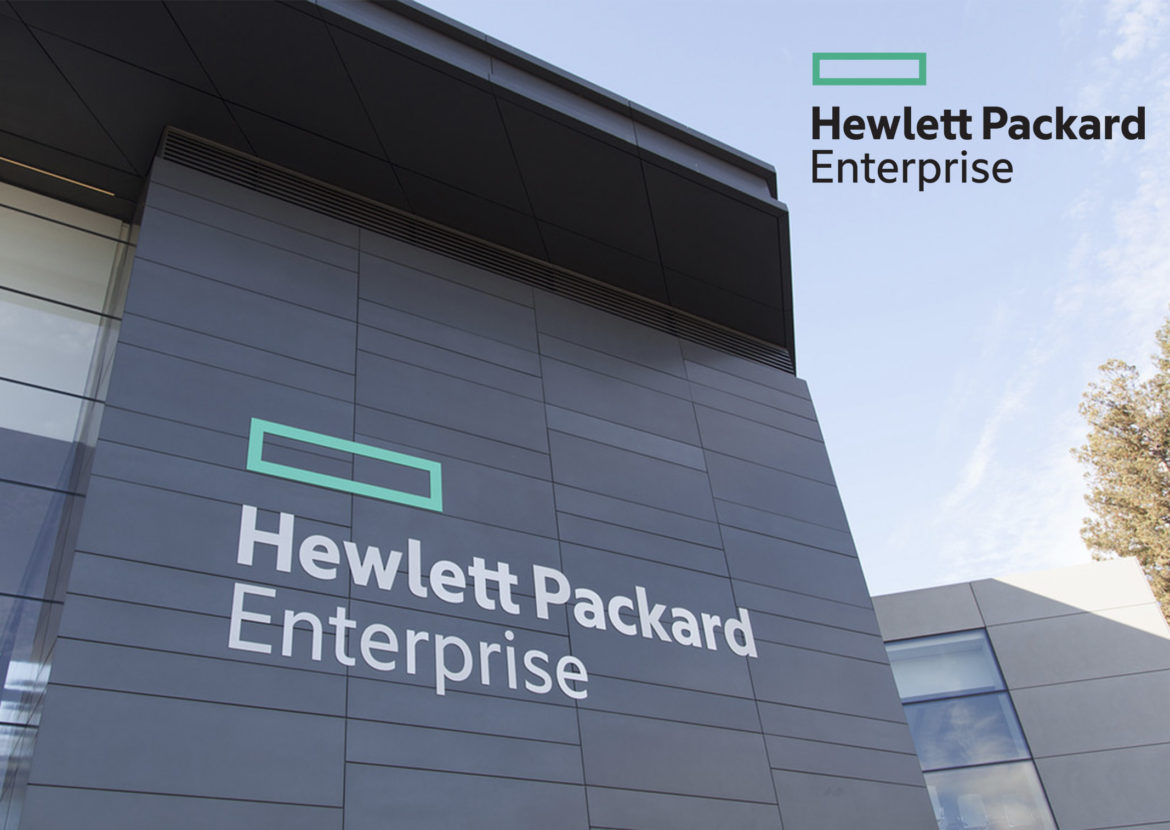168% Omzetgroei

HEWLETT PACKARD ENTERPRISE
“Turnover grew by 168% after I implemented the Bitsing program.”
Martijn Boermans, Global Sales Program Manager & Competitive attack
Hewlett Packard Enterprise
Bitsing is mainly based on information, data. Populating the models with data produces answers, which tell you what to do to achieve your goal. But what is data, actually?
We’ve all heard of ‘big data’ … that organisations are sitting on extremely large amounts of data. But what happens when that amount is really big? When it’s from several sources. When there is so much of it that you no longer know what to do with it, or how to apply it?
Massive data volume
Let’s visit one of the world’s largest IT companies, Hewlett Packard Enterprise (HPE). They own the largest volume of large-business client data in the world. How does HPE handle this amount of data? How do they select the right data from this mountain of information and apply it in such a way that the company grows?
I call on Martijn Boermans, Global Sales Program Manager & Competitive attack
at Hewlett Packard Enterprise. Martijn initiates date-driven sales programmes and is responsible for their international rollout.
He’s also a big Bitsing fan, so I start our conversation with this question:
“HPE is not only the largest IT company in the world, it also has an immense amount of data tucked away in various corners of the organisation. How do you structure this data – and then effectively and efficiently make it work for your organisation?”
Martijn: “It’s not a simple task to work out what’s useful, what you need for each task, how to make choices, set priorities and know the extent to which you have to focus on them. These are the common problems with data. As are the issues of how to calculate your potential turnover and work out which resources will be most effective in extracting the maximum benefit. The Bitsing method and its models have helped me enormously in this. I’ll try explain how I’ve applied it in my work with our international team.”
Fully integrated Bitsing model
Martijn continues: “I started using Bitsing after reading your book. It was given to me by a business contact. This triggered me to deepen my understanding and take a master’s course at Nyenrode University. There I was exposed to the background of the Bitsing method and got hands-on experience in applying the method to current HPE data. Which was very inspiring.
Significant start – significant insights
“It was clear from the start that the model and the methodology of information management yielded so many data points that I could make good use of the Bitsing scientific method. I extracted and converted the data relevant for Bitsing from our big data. I formed this into a single, integrated overview covering regions, countries, markets, customers, product lifecycles, related sales activities and so on.
Three substantial insights emerged from this:
Focus and clear prioritisation
We could immediately see which programmes were necessary for the coming year, as well as the relevant priorities and planning requirements. This focus clarified things enormously. The big data analyses and HPE information flows, in conjunction with our self-developed Bitsing overview, now direct our selection of the right product/market combinations. At the same time we get a visualisation of our strategic focus, our tactical product and operational marketing programs and, most importantly, the continuous turnover stream produced by these programmes.
Results, conversion ratios and the relative importance of our regions
What I really like is the insight we get into the development of the conversion rates, per Bitser step, as we roll out the various components of our sales programme (marketing, sales enablement, sales cycle management and after sales programs). We also get a great view of results by region and country. We can see conversion from prospect to lead and from lead to opportunity (the B, I and T scores). And we can see the scores of the various sales stages within the pipeline and the conversion from pipeline to actual opportunities gained (S, E and R scores). The conversion ratios that emerge appear to be correct and are also in line with my results predictions.
Action to be taken
And finally, the third benefit of the model is, of course, a very clear view of what we have to do, at each of the six Bitser steps. As a result, the alignment of marketing processes at HPE has considerably improved.
As a result, I’ve been able to link our targeted results to a continuous process of activity programme development. The programmes ensure continuity while maximising results.”
Measurement!
I was impressed. “So you’ve really derived your own model”, I said to Martijn.
“Yes”, he said. “It’s still your, specific method – but basically I have developed systems that make it workable at HPE. The KPIs appear in my dashboard, with recaps showing actual results. You can immediately see where you’re behind, where you’re ahead and if your organisational focus is still correct. In fact, you can immediately see the results of your efforts, your current situation and what you have to do next.
Our self-developed dashboard literally shows red, amber or green lights. This happens automatically, via a live link with our sales information system, which gives access to the sales activities in our programmes and to current results. This also makes the dashboard interesting for our management. The information streams show, for instance, whether a country or region underperformed on certain programmes. Which we means we can offer help there.”
He laughs, “The benefit of Bitsing, huh!”
Martijn continues: “Regardless of what you take into account in your management process, when it comes to managing your programs the system tells you when your numbers need adjusting. So, you see where the gaps are. Take the Bitser steps, for instance. There must be enough people on each step to sufficiently populate the next step, in order to achieve your goal. My Bitsing dashboard shows the types of red flag situations that develop. For example, if you have simply implemented too few promotions in the lower part of the BITSER ladder, the consequence will be that too few target group people end up in my BITSER pipeline. So, if you have set your targets and want to achieve them, on a guaranteed basis, you have to (just as you indicated in the master’s course) simply add more people at the bottom of the Bitser ladder. The gap analysis shows the gap that has developed over time. And it’s perfectly visible and measurable, as a result of applying your method. One knows exactly how many people you need to add to a particular BITSER step and so you just develop BITSER programmes that do that job, using the sharpest pencils you have. You know what you have to do. You also know that if you don’t do it, you won’t achieve your goal. Filling these gaps becomes almost an automatic process.”
“What is the most special experience you’ve had in applying the Bitsing method? Could you share that with us?”
Martijn: “It’s the inspiration – especially from the master’s program – and then the experience of applying that.
I did an MBA. What one sees there is that people develop a different attitude as a result of the theory they have learned. This inspires them to build something new, also based on method. Which, in fact, was my experience with the Bitsing method. One also shouldn’t accept everything unthinkingly. If everyone did that you’d all end up doing the same thing! I started by using your Bitsing method and then thought up my own applications for it, which was tremendous. If all this hard work then leads to the discovery that it works – well, that’s the ultimate!”
“What has it been worth to you, specifically?”
Martijn: “There are, of course, more factors involved than just the Bitsing method – as regards achievement of our goal. But in the year that followed my implementation of the BITSING programme, turnover increased by 168 percent! So, we’re not talking about a change worth thousands of euros – we’re talking about millions. I believe that everyone here is very happy with this and I’ve also had a lot of international attention as a result. Which, of course, helps when it comes to the implementation of new programmes. These successes have a long-lasting effect.”
“So what would you like to pass on to our readers?”
Martijn answers: “In relation to the Bitsing method – adopt it! Absorb the information, adopt the methodology – and find data points in the organisation that will support it. Analyse the information – bring your own perspective to it. Feel free and have fun! This is how you make it applicable to your situation. You can even use BITSING to prove your own ideas and concepts.
I adopted BITSING because I wanted to change something. My aim was to improve our programme by applying the method – and that worked exceedingly well. I’m always trying to make everything I do smarter and more efficient.
Our organisation has room for new ideas of this type, though you always have to prove their validity. So, we still make relatively extensive use of MS Excel as an analysis tool. Now I’m looking for newer BI software – to further improve our insights into the data. Data engineering and data modelling (Big Data tooling) are undergoing huge development at the moment and I think we are ready for the next step in this regard.
Because, if you just do what you’ve always done, you only get what you always got!”

